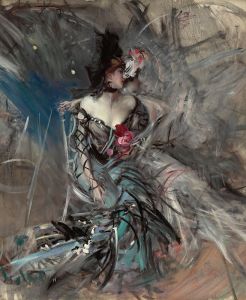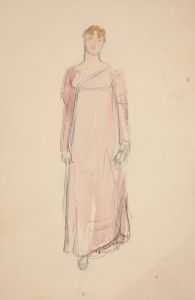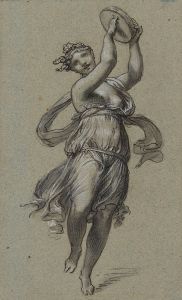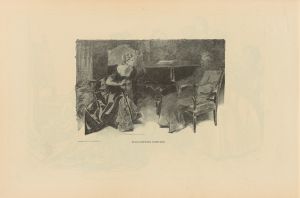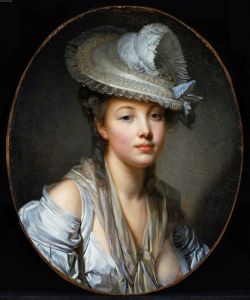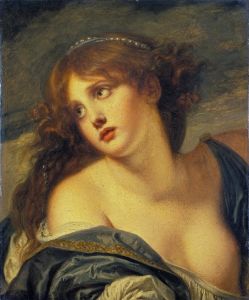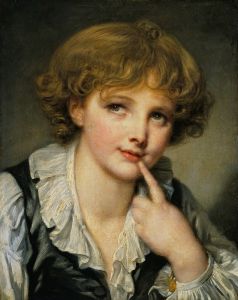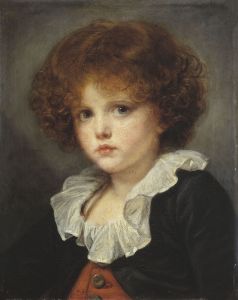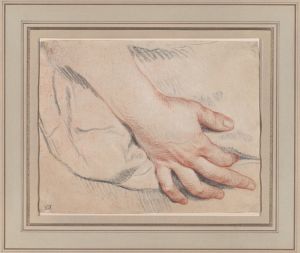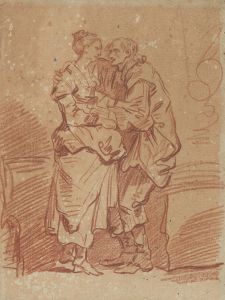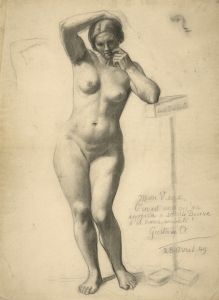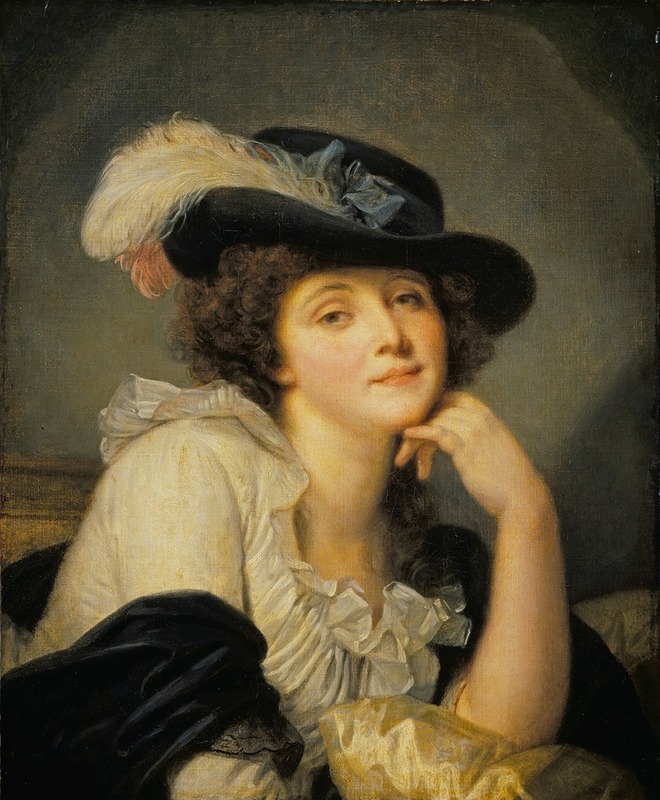
Portrait of a Woman
A hand-painted replica of Jean-Baptiste Greuze’s masterpiece Portrait of a Woman, meticulously crafted by professional artists to capture the true essence of the original. Each piece is created with museum-quality canvas and rare mineral pigments, carefully painted by experienced artists with delicate brushstrokes and rich, layered colors to perfectly recreate the texture of the original artwork. Unlike machine-printed reproductions, this hand-painted version brings the painting to life, infused with the artist’s emotions and skill in every stroke. Whether for personal collection or home decoration, it instantly elevates the artistic atmosphere of any space.
Jean-Baptiste Greuze's Portrait of a Woman is a painting attributed to the French artist Jean-Baptiste Greuze (1725–1805), a prominent figure in 18th-century French art. Greuze was known for his genre scenes, portraits, and sentimental depictions of domestic life, which often reflected the moral and emotional values of his time. His works were highly regarded during his lifetime, particularly for their ability to convey emotion and narrative through facial expressions and gestures.
The painting Portrait of a Woman exemplifies Greuze's skill in capturing the delicate features and emotional depth of his subjects. The artwork portrays a woman, whose identity remains unknown, with a focus on her facial expression and demeanor. Greuze's attention to detail is evident in the rendering of her features, the texture of her skin, and the subtle play of light and shadow. The sitter's expression conveys a sense of introspection or quiet emotion, which is characteristic of Greuze's portraiture.
The composition of the painting is relatively simple, with the focus placed entirely on the subject. Greuze often employed a soft, muted color palette in his portraits, and this work is no exception. The background is typically understated, ensuring that the viewer's attention remains on the sitter. This approach aligns with the Rococo and early Neoclassical styles that influenced Greuze's work, emphasizing elegance and emotional resonance.
While Greuze achieved significant success during his career, his reputation declined in the later years of his life and after his death. However, his works, including Portrait of a Woman, have since been re-evaluated and appreciated for their artistic merit and their role in the transition between Rococo and Neoclassicism in French art.
The exact date of creation for Portrait of a Woman is not definitively known, as is the case with many of Greuze's works. Similarly, the painting's current location may vary depending on its ownership or exhibition status. Greuze's portraits, including this one, are often housed in private collections or displayed in museums with significant holdings of 18th-century European art.
Due to the lack of specific historical documentation about Portrait of a Woman, further details about the sitter, the circumstances of its creation, or its provenance remain unclear. However, the painting remains an example of Greuze's ability to capture human emotion and his contribution to the art of portraiture in 18th-century France.





